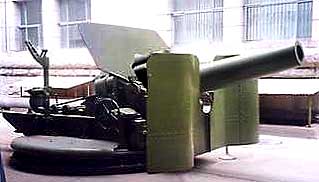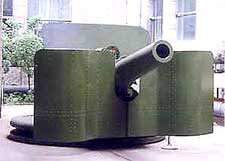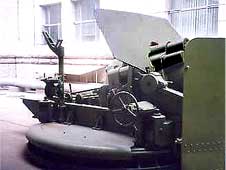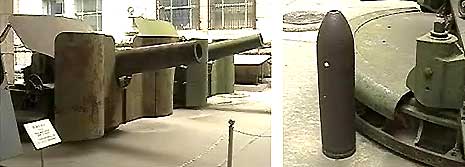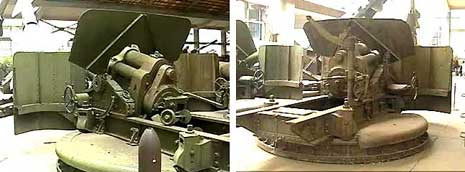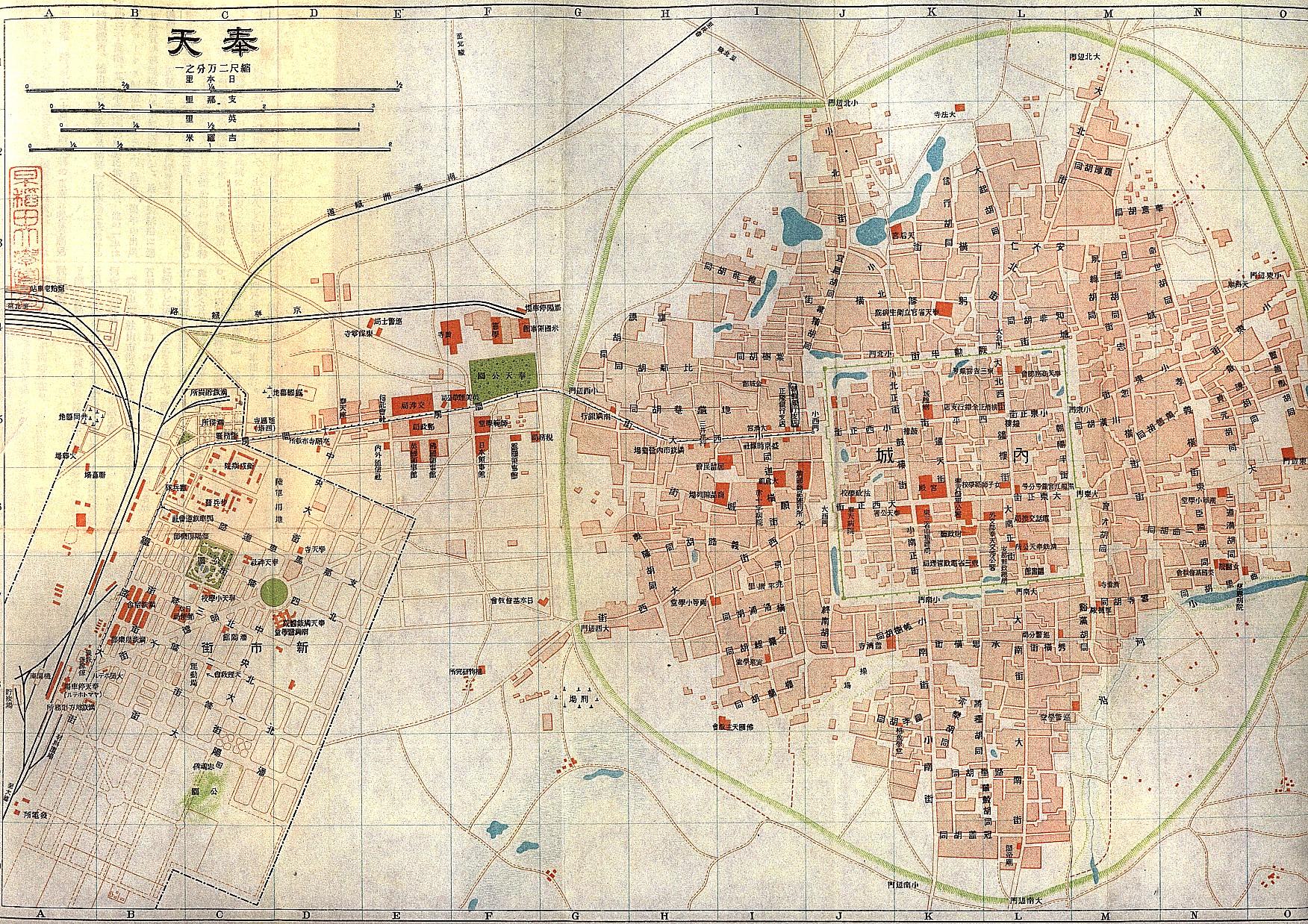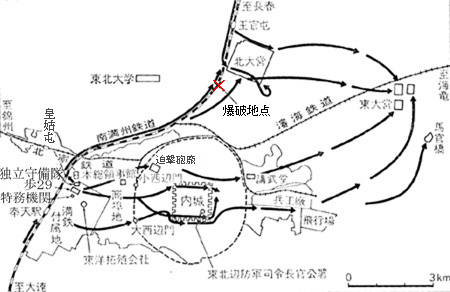| Guns |
Desperate War of Japan in the Pacific
This page contains Japanese characters.
|
| Breech-loading gun by Nabeshima |
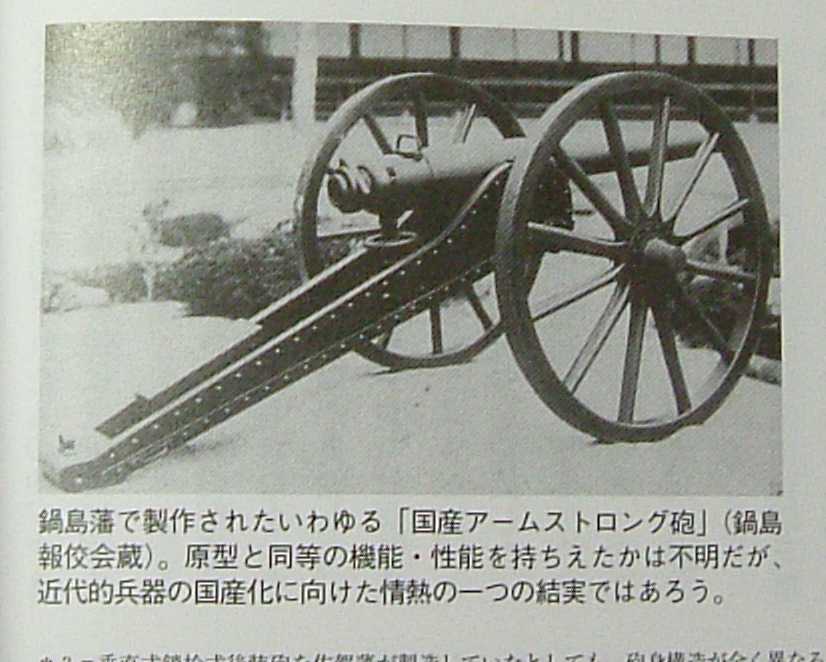 | 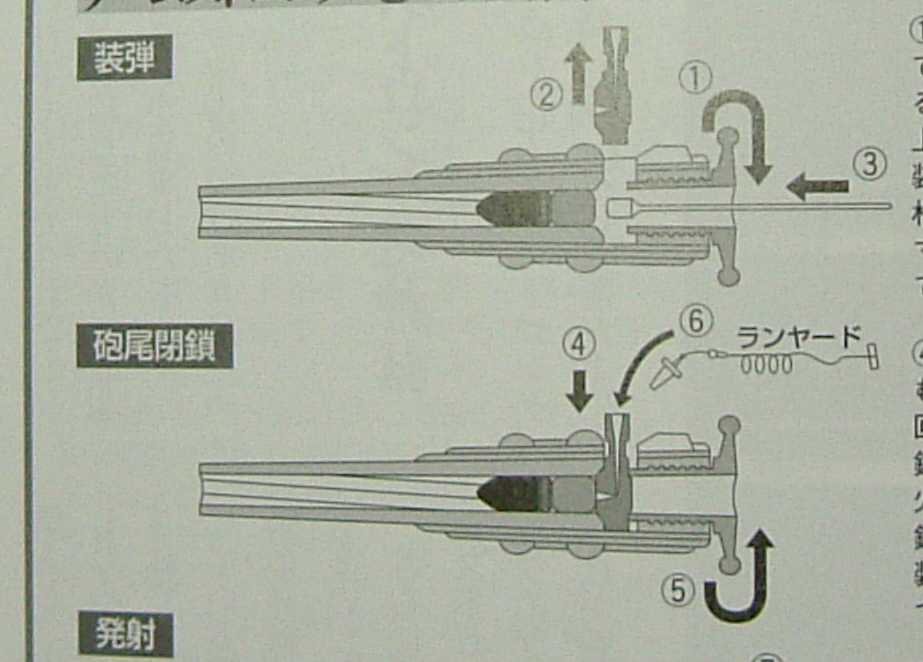 |
| Gun by Nabeshima | Principle of Armstrong |
Nabeshima Han of Kyushu made breech-loading guns in Japan for the first time. The photo shows one of them. The diagram shows the principle of Armstrong gun. The Armstrong was breech-loading type. Nabeshima Naoshige, a lord (daimyo) of Nabeshima was eager to get Western technologies in the end of Edo era.
Gunzo, p157-158 No.91
|
| Long tom |
Long Tom of Tamiya 2006
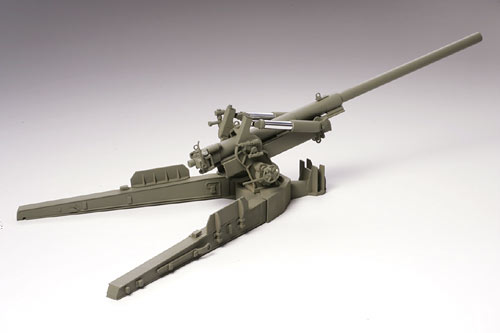 |
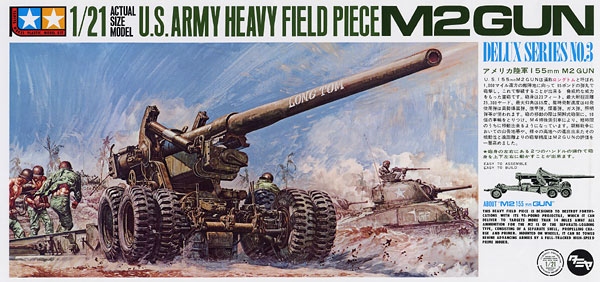 |
| Assembled | Box art |
Long Toms fired in Okinawa. As IJA and US Army fought in islands, both armies did not need long ranged cannons. But Philippines and Okinawa battle fields were different. IJN could not ferry guns to Leyte because transports were sunk in the Olmoc Bay by enemy aircraft. IJN artillery was very short of horses for traction in Phillipines. Trucks were short, transport troop could not deliver ammo enough. Considering logistics, IJA failed to move army to Leyte, after US Army landed on Leyte. If some guns could be on coast, there were enough horses. An IJN divison had 500 horses. and more could not carry them at the front in time. Ammo was alwase very short. Japan found artillery was important in the Boshin War. However, praising infantary charge of Nogi rather bad use of artillery, prevented artillery. I heard, IJA artillery was inferior than US Army. Stalin said, "Artillery is God of battlefields."
I remember to have assemble a Long Tom model when I a boy. I bought it in a market of my hometown in Hokkaido of Japan on a chilly snowy rainy day. I assembled it in a living room where a coal stove radiated heat comfortable. My parents and their relatives made a serious meeting on that day. I don't remember why I chose the Long Tom at the toy shop. According to Tamiya, The model was released on Nov 1963. Tamiya resold the same one using 40 years old die assembly in 2006. The photo shows an assembled 2006 model. I suppose the gun barrel was a pipe of metal in my memory.
155mm L45
|
| 37mm M3 |
37mm M3
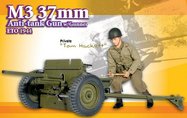 | 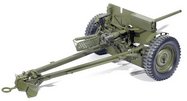 | 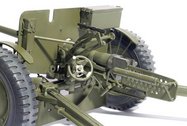 |
| 37mm Box cover | 37mm assembled | 37mm detail |
US Marines and Army used a 37mm M3 gun against IJA infantry and tanks, because it was small and able to carry by men. It fired M2 shells which blasted 122 steel balls at a range of 250 yards on Guadalcanal front at 0110 21 August 1942. It was an enomours shot gun. The 37mm guns and machine guns killed almost of 770 soldiers of 900 infantry which was one branch of 9th Division. The photos show a model ot 37mm M3.
Gunzo, p23, p45
|
| 24cm howitzer |
Kanto Army moved two 24 cm howitzers from ���� to Mukden in Jul 1931. The artillery officers andnoncommissioned officers built it in August. The artillery soldiers were omitted to keep secret. The howitzer fired against �k��c at midnight on 18 September.[2] The shell of the howitzerweighs 200 kg. How did the artillery observe �k��c? How were many shots at �k��c? I looked for old maps how to shoot. There was a map of ��V which drew a station of IJA. Wikipedia in English writes the artillery opened the fire in the morning. I think this is right. Mukden was old city.[3]
0921 �ɑ��c built walls newly
1296 ���� rebuilt walls
1589 Nurhaci ���B�ܕ�����
1593 Nurhaci defeated �C�����^ and Mongol
1603 Nurhaci built �����V��
1619 Battle of Sarhu[4]
1621 Nurhaci captured Liaoyang
1625 Nurhaci built her capital in Mukden
1631 Manchuria copied �g���{ and renamed �g�ߑ��{[5]
1644 ���� moved to �k��
1657 ���� renamed �c�z ��V
1929 ���w�� renamed ��V �c�z
1931 ���B�� renamed �c�z�@��V
1945 ���ؖ��� renamed ��V �c�z
|
| Dual Purpose Gun |
Dual Purpose Gun IJN vs USN
| Type | CAL | Round | Velocity | Attack angle |
| IJN | Type B | 12.7cm | 4.4/min | 890m/s | -7 to 75 |
| Type 98 | 10cm | 15/min | 890m/s | -10 to 90 |
| Type 10 | 12cm | 11/min | 825m/s | -10 to 75 |
| USN | Mk 12 | 12.7cm | 18/min | 792m/s | -10 to 85 |
The table shows specifications of dual purpose 5 inch gun used in IJN and USN. Type B was used mainly for IJN destroyers, but this type has to restore its postion horizontal to charge a bullet. Type 98 was used for Akizuki class. Only 169 guns of type 98 were made. While USN used Mk 12 for Fletcher or Buckley class destroyers in WWII. As for smaller AA guns, see Bofors.
IJN had to use destroyers built before WWII, which had type B guns. Newly built destroyer escorts adopted 2 old high angle guns for dual purpose. IJN destoryers loss were 36% by aircraft, 27% by submarine and 13% by surface warship guns or torpedos actually.
Kansen, p44, p160
Cinbotu genin
IJN destroyers and destroyers escorts were not equipped with a mechanical computer of type 94 for AA guns becasue it was expensive. It took 10 to 20 seconds to compute. There is an example of a drill at 3,000m high and 96 kt of target speed. The drill used type 94 and 12.7 cm AA gun. The accuracy was 1.56 %. Type 94 guns were commonly used for aircraft carriers etc.
94-shiki kohsha sohchi
94-shiki kohsha sohchi
IJN began to remove rear 12.7cm dual purpose guns from destroyer escorts, and replace it for 25mm AA guns in the end of war, while repairing them in a dock. Because few merchant ships were sunk by gun fire.
High-angled gun
Secifications of IJN high-angled gun
| CAL | Length | Bullet weight | Velocity | Attack angle | Range | Height | Weight |
| 12cm | 5.6m | 20.4kg |
825m/s | -10 to 75deg | 15.6km | 10km
| 7t |
IJN destroyer escorts were equipped with two 12cm high-angled guns. The operation was all man powered. See a photo in my cite. The specifications were,
Kansen p.160
|
| M3 75mm Self-Propelled Mounts |
I knew that US Marines and Army used Self-Propelled Mounts in Japanese �����C. I read a book titled 'Okinawa'. The author translated it into �������c�C. I had imagined it conventioanl �����C. But it might be a gun on a half-truck as shown in a photo.[6] US Army used them auxiliary tanks. They could climb up roads.
While IJA have such few guns. IJA usually towed guns by horses in China and Philippines. Yamamoto wrote how weary artillery towed field gun by six horses. An IJA infantry of 3,700 troop has more than 500 horses. They pulled infantry guns and carried machine guns.[7] IJA marched on foot in WWII. Russian blitz krieg invaded Manchuria by cars, so the troop could reach Mukden on 19 August 1945 where Japan and Russia occurred a big battle in Japanese-Russo War. I do not know how Russia ran across Mongolian desert. It might be easier than to cross deep forest in the north east, if the troop has many trucks to supply fuel and water. IJA missed to deploy troop correct. Or IJA could deploy troop along railroads only. Russia did not deploy main battle group along deep ������.[8][9][10] Russia could win WWII against Germany and Japan by vehicle, though Germany and Japan are the great auto maker countries now ironically.
|
| Underground cave of IJA |
Concrete penetrated by warship guns [m]
| Caliber | Ordinary concrete | Reinforced concrete |
| 2km | 10km | 2km | 10km |
| 40cm | 7.5 | 4.9 | 4.5 | 2.9 |
| 20cm | 4.0 | 2.6 | 2.5 | 1.6 |
| 15cm | 3.0 | 2.1 | 1.7 | 1.1 |
IJA estimated US landing gun fire in a few case study. IJN tested warship gun power at Kamegakubi in Oct to Nov 1944. The table shows the result. Troops of defending Okinawa had to give up on shore combat. The troops made long caves or tunnels in the side of hills or cliffs.
The table shows the explosive products of Japan and US. The ratio is Japan to US. US was making 20 folds of Japan, when US started up offense. The value of raio is unbelievable to me. How IJN or IJA could combat with one 20th of US ammo? Certainly IJN could not transport supply for IJA enough as USN sank Japanese merchant ships.
Explosive production [kton]
Morimoto, p96
| Year | Japan | US | Ratio |
| 1940 | 26 | 21 | 123.8% |
| 1941 | 37 | 103 | 35.9% |
| 1942 | 44 | 625 | 7.0% |
| 1943 | 45 | 978 | 4.6% |
| 1944 | 44 | 1143 | 3.8% |
| 1945 | 9 | 551 | 1.6% |
A Japanese mathmatician checked QC of ammunition product at the IJA 1st Arsenal in Tokyo. IJA had used checkers to test the lenghts of more than 10 thousand cartriges for bullets daily. The checkers were made in Meiji era. He found 20% good ones in NG group on a sampling test. Oherwise 20% bad ones in OK group. So he recommend an IJA officer Kaizen. A chief of the production told him and the officer that there was no problem since 1896 in a meeting. Kimura, Senji-kenkyu
IJN aircraft were very short of ammo, when Japan began the Pacific War. The ammo adequacy of aerial bombs, 20mm shells and aerial torpedos were only 10 to 30%. Morimoto, p309 IJA soldiers of Kanto fields have adequacy of rifles (40%) and its ammo (5%) only in April 1945. Though field guns were enough, its ammo was nearly zero. Morimoto, p370 But Morimoto shows IJA divisions had ammo of 95 pitched battles per division in 1945. This shows how important logistics is. How much could IJA transport ammo in Kanto fields for 3 months?
|
| Winter War in Finland |
|
Finland fought with Soviet Union in 30 November 1939 - 13 Mar 1940, called Winter War. The population of Finland was 3.70 million, otherwise Soviet was 170 million. Ski troops of Finland attacked supply line of Soviet army. The skiing poles were made of bamboo which were imported from Japan. I remember skiing in Hokkaido of Japan, when I was a boy. Finland Navy had built artillery base for 2 120 mm Armstrong guns in 1920. One of them was made at IJN Kure Arsenal in 1897. The Finland Navy Coast Artillery Museum exhibits it at the gate. You can read "���S�l�E�Q��@���C�R�������@�����Q�E��N" on the breech in kanji. The 5th division of Finland army had 12 150mm howitzers made in Japan. Russia bought them before WWI, and Finland captured in 1918. Finland army used IJA type 38 rifle. A gun shop sells them for 10,000 yen in Helsinki. Ammno were 6.5mm made in Sweden, and are made even now.
In the end of the war, Finland lost 62 aircraft, 72 artillery guns, 79 anti tank guns, 29 motars, 480 light machine guns, 467 heavy machine guns, 5,568 rifles. 21,396 soldiers KIA, 1,434 unknown, 43,557 wounded and 1,029 citizens KIA.
Umemoto p40-42, p.62, p.123, p.266-267
The table shows ammo dissipation of Finland. Ammo dissipation of heavy guns and small weapon was very high. Russians might worry about attacks of small troops with artillery and fort artillery guns. I do not know why Finns dissipated mortar ammo much. In case of combats of IJA and USA, USA was afraid of IJA mortars.
Ammo Dissipation of Finland till the end of December
| Kind | Rifle
[million] | Machine gun | Anti Tank | Mortar | 76mm | 107mm | 122mm | 150mm | 155mm |
| Beginning | 156.2 | 21.9 million | 32,000 | 100,842 | 205,808 | 5,139 | 43,487 | 6,000 | 16,944 |
| End | 25.0 | 3.0 million | 10,543 | 68,504 | 107,884 | 1,508 | 11,281 | 1,780 |
| Residual ratio | 16% | 14% | 33% | 68% | 52% | 29% | 26% | 8% |
|
| Bazooka |
| Name | Range | Penetration |
| Bazooka | 150m | 80mm |
| Panzerfausut60 | 80m |
140mm |
US Army adopted a HEAT rocket for anti-tank weapon on May 1942. The principle is very simple. Germany copied it and developed another kind of it at once. The productions of shells of Bazooka and Panzerfausut were 15.6 and 1.3 million.
Gunzo, p20-23
An German engineer of the weapon came to Japan to help developing it. He endured a dangerous voyage across the Atlantic and the Indian on a submarine. But IJA was not eager to adopt it. IJA made a trial only or Japan could not product a lot of HEAT itself, I think. Chemical idustrial technology of Japan was poor then.
Corps of engineers in Iraq
The metal jet of the weapon reaches velocity of 7,000m/sec at impact. JGSDF is equipped with the license production of German Panzerfaust 3. The shell flies at 250m/sec. By the way, government dispatched corps of engineering to Iraq in 1994, the troops wanted hand guns for individual weapon. All of them carried a handgun each proudly like IJA officer. I remeber petty officers of notorious Kempei (MP) armed a hand gun and a sword. And government promised their family life insuarance of 100 million yen in case of death. Certainly they are special public officers no soldiers by law.
Bamboo pike in Tokyo
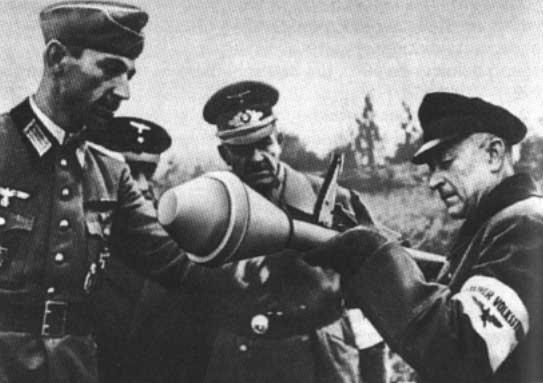 | 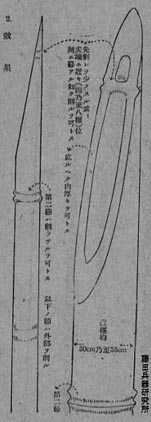 |
| Panzerfaust | Bamboo |
Germany gathered old men and boys to defence Berlin, they armed all a rocket weapon each in 1945. While we prepared for bamboo pikes to fight US Army, like boxers in China. Tojo fraction and fanatic officers hoped one more fight against US in Japan mainland. But armored Russian army destroyed IJA easily in China in a week, though IJA had been a war there for 8 years. Rulers of Japan judged the strength of IJA correct then. Mikados always did not love losing generals in history, otherwise God of Bible loves losers. Mikado was preparing for making contacts with Christian missionaries in Japan to negotiate peace in secret. The Crown Prince choiced a daughter of Catholic later.
Soko no hakai jyokyo shasin
High Explosive Anti Tank
Panzerfausut
Fujyoshi no take-yari kunren
|
| IJA guided flying bomb |
IJA guided flying bomb
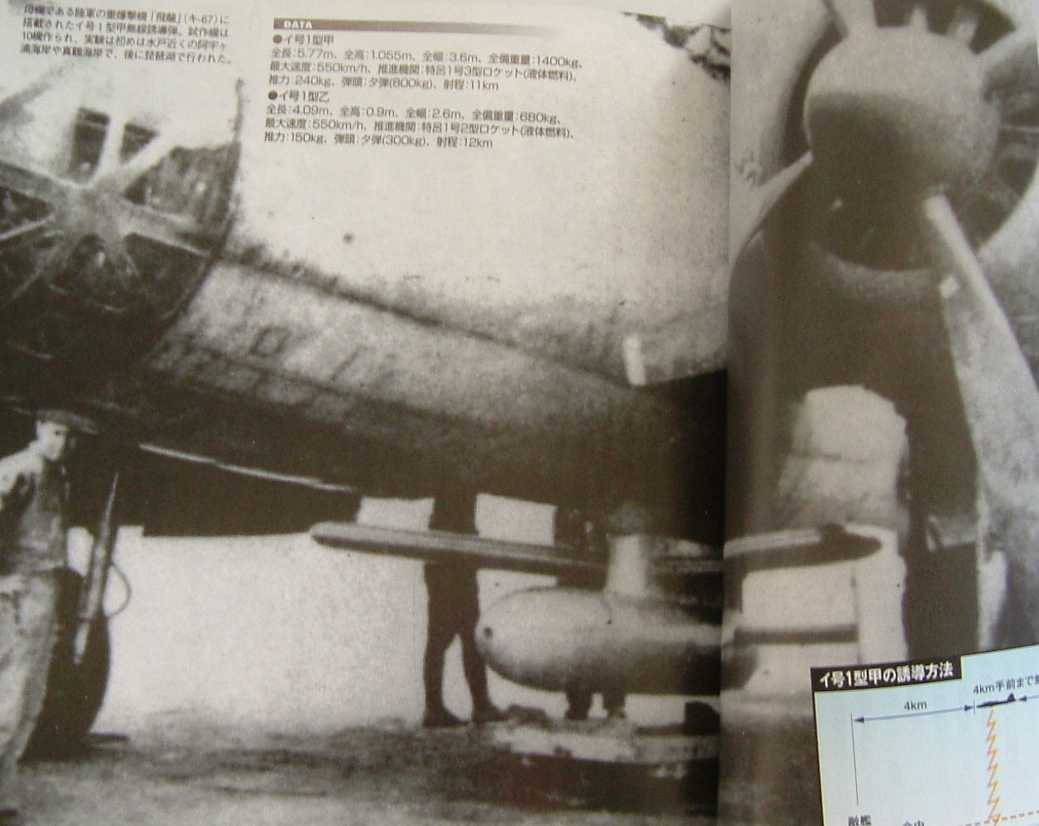 | 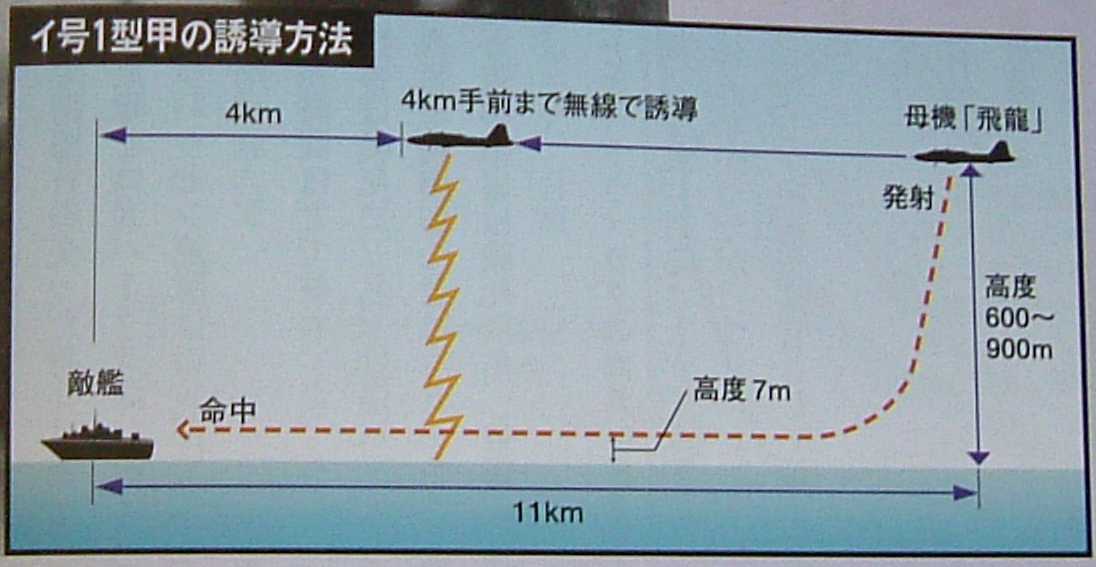 |
| Hung Type 1 kou | Guided method |
Germany, US and Japan was developing guided flying bombs in WWII. IJA began development of a guided flying bomb in Spring 1944. IJA planned development of 2 types of the bombs propulsed a rocket. The tables shows the specifications of them. 10 trials of Type 1 kou were made on October 1944. IJA began releasing tests on November. Both of the types were to hung under Hiryu (Ki-67) and Type 97 (Ki-21) bomber. Soon the development of Type 1 kou was canceled. Otherwise production of Type 1 otsu were 150. The photos show I-go type 1 kou which were not in time of the Pacific War. Otherwise IJN developed sucide weapons very eager.
I-go specifications
| Type | Length | Height |
Width | Weight | Speed | Propulsion | Warhead | Range |
| Type1 kou | 5.77m | 1.055m | 3.6m | 1,400kg | 550km/h | 240kg | 800kg | 11km |
| Type1 otsu | 4.09m | 0.9m | 2.6m | 680kg | 550km/h | 150kg | 300kg | 12km |
Gunzo, p32-p34 No55
Ki-67
Ki-21
|
| IJN anti guided air rocket |
Anti air rocket test
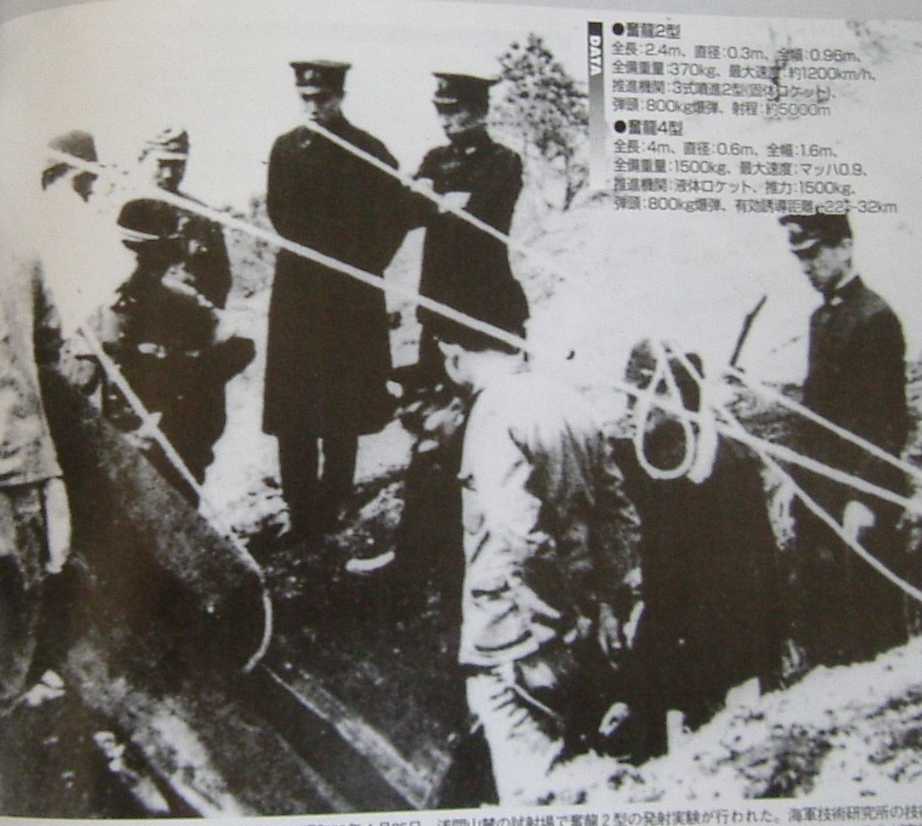 |
IJN began development of guided anti air rockets called Hunryu in 1944. These weapons were against B-29. Type 4 was to use 2 radars on ground. One was for tracking of B-29, and another was for guiding a rocket. The rocket was 4m length and 1,500kg weight. Even though Japan had not got a radar for flak by the end of the Pacifi War, why did IJN begin to develop anti guided air rockets. The photo shows a test at a foot of Mt. Asama on April 25th 1945. Prince Nobuhito watches and crosses his arms in the center of the photo.
Gunzo, p34 No55
Prince Nobuhito
[1] Type 45 24cm Howitzer
[2] �����v no "���̐푈 ���̌R��"
[3] ���B�ʐ^�ف@��V
[4] �������� no tatakai
[5] �͐���
[6] �l�R �V�Tmm�ΐ�Ԏ����C
[7] ���ő劈���R�n
[8] �\�A�̐N�U
[9]���I�푈��A���B�̑��ʂ�����������܂ő��ʑ����c���Ă���
[10] �n�C����
aboutMe
© 2007-2011 Enoki Sensor All Rights Reserved
|







